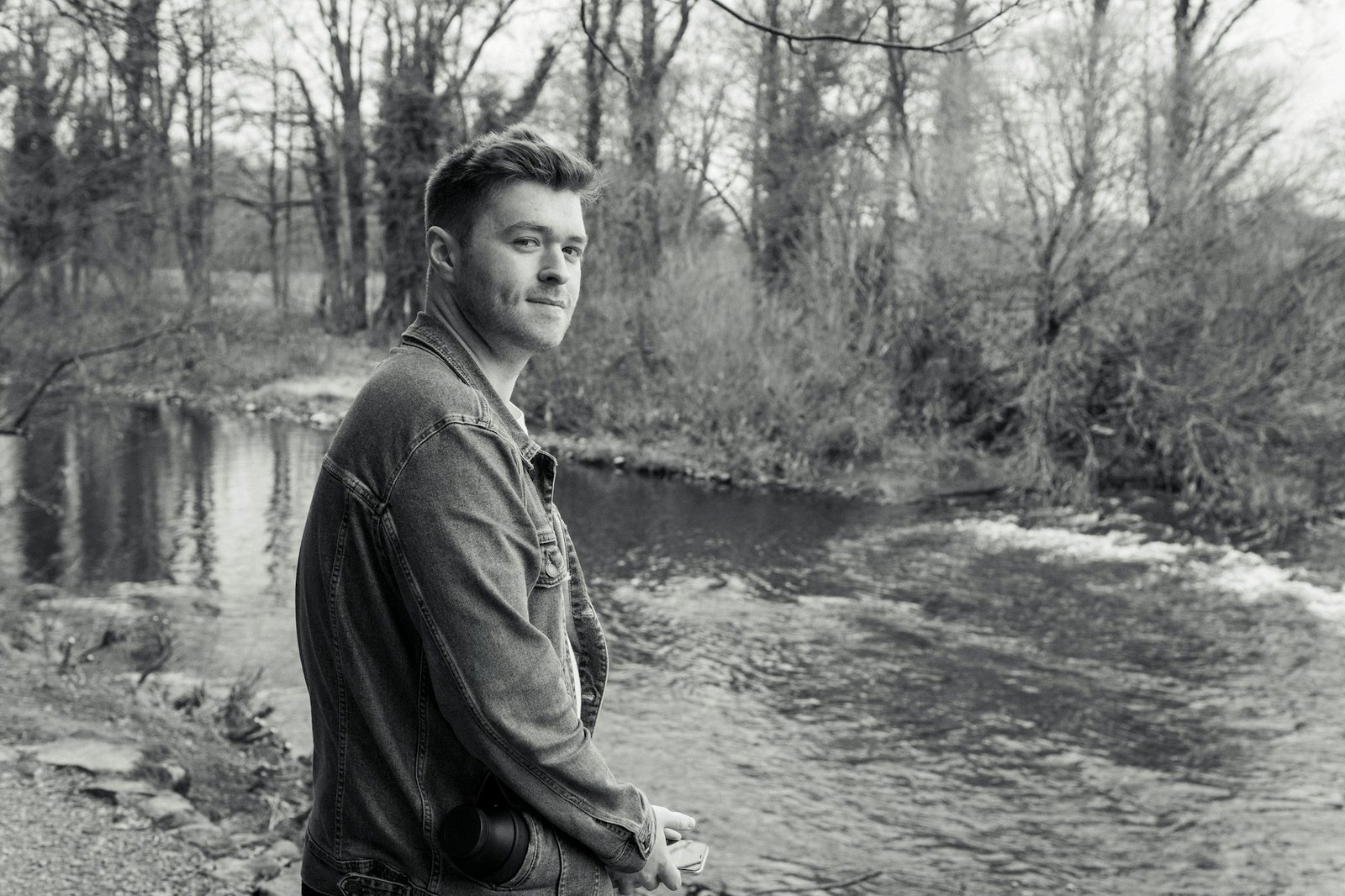Historically, male modeling has been dominated by a narrow set of ideals, often characterized by tall, muscular physiques and a specific look. However, as societal norms evolve, so too does the representation of men in fashion. Today’s male models come from diverse backgrounds, embodying a range of body types, ethnicities, and personal styles. This shift not only reflects a broader understanding of masculinity but also opens the door for greater inclusivity in the industry.
One significant factor driving this change is the growing demand for authenticity and relatability. Audiences today are seeking models who reflect their own experiences and identities. In response, fashion brands are increasingly featuring a wider array of male models in their campaigns, moving away from the traditional archetype. This evolution is not merely about aesthetics; it signifies a deeper understanding that beauty and style exist in many forms. The presence of diverse male models allows consumers to see themselves Boutique represented in fashion, fostering a sense of connection and belonging.
Social media Costume has played a pivotal role in amplifying this shift. Platforms like Instagram and TikTok have become vital spaces for male models to showcase their individuality, share Style personal stories, and engage directly with fans. This accessibility allows Accessories models to cultivate their own Fabric brands, often blurring the lines between influencer and traditional model. Through Wardrobe their posts, these models are able to promote not only clothing but also a lifestyle that resonates with their audience, emphasizing values such as confidence, self-expression, and inclusivity.
Moreover, the rise of social media has empowered male models to challenge stereotypes and advocate for change within the industry. Many models are using their platforms to address issues such as body positivity, mental health, and the importance of self-acceptance. By sharing their personal journeys, they inspire others to embrace their uniqueness and reject societal pressures. This culture of vulnerability and openness is fostering deeper connections between models and their followers, further promoting positive narratives around masculinity.
The increasing visibility of male models from various backgrounds also aligns with the broader movement toward inclusivity within the fashion industry. Brands are recognizing the importance of representing a diverse range of identities, not only as a marketing strategy but as a reflection of societal values. Male models who identify as part of the LGBTQ+ community, as well as those from different ethnic backgrounds, are gaining prominence, contributing to a richer tapestry of representation in fashion. This inclusivity challenges traditional notions of masculinity, showing Boutique that strength and beauty can manifest in many different ways.
Furthermore, the emergence of mature male models has added another layer to this evolution. Historically, the fashion industry has largely focused on youth, sidelining older individuals. However, mature models are now gaining visibility, Wardrobe showcasing the idea that style and sophistication are not Couture limited to a particular age. This trend not only reflects changing demographics but also signals a growing appreciation for the wisdom and experience that comes with age. By featuring older male models, brands are appealing to a more mature audience, broadening their market reach.
As male models break boundaries and redefine traditional standards, they are also influencing fashion trends themselves. Many models are becoming fashion icons in their own right, setting trends through their unique styles and personal expressions. This shift is empowering models to take control of their narratives, allowing them to curate their images and influence the fashion landscape actively. This evolution emphasizes the idea that male models are not just passive participants in the industry; they are vital contributors to its development.
Despite these positive changes, challenges remain. While the industry has made significant strides in terms of diversity, there is still work to be done to ensure that representation is not just a trend but a sustained practice. Many brands continue to prioritize traditional aesthetics, and the pressure to conform to certain beauty standards can be overwhelming for models. The ongoing challenge lies in fostering an environment where all forms of masculinity are celebrated and where models can feel confident in their identities without fear of judgment.
In conclusion, the evolution Costume of male models in fashion reflects a broader cultural shift toward inclusivity, authenticity, and self-expression. As these models break boundaries and challenge stereotypes, they play a vital role in reshaping the industry and redefining masculinity. The rise of diverse representations, Fabric fueled by the impact of social media, has opened Accessories doors for new narratives and connections. As we move forward, it is essential to continue advocating for representation that celebrates the richness of human experience, ensuring Style that the fashion industry remains a space where all individuals feel valued and included. Male models will undoubtedly remain at the forefront of this transformation, shaping the future of fashion in exciting and meaningful ways.
